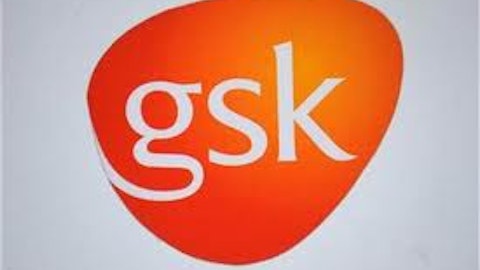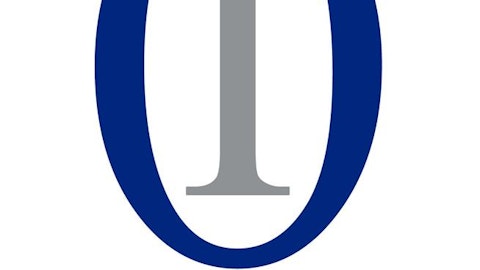It’s not uncommon for me to applaud the pharmaceutical industry as a solid long-term investment. Pharmaceutical companies offer relatively stable (but often impressive) margins; they cater to an aging population in need of treatment that is only growing; and many offer hearty dividends, which is perfect for those investors who are less risk-averse and looking to diversify their investment portfolio.
But, it’s not all cookies-n’-cream either. In fact, there are quite a few serious concerns that could threaten to sap pharmaceutical earnings and growth despite the positives which I’ve listed above. Today I’ll outline three scenarios that should be cause for concern among the pharmaceutical industry and discuss what’s being done by the sector to combat these threats.
1. Generic competition
The biggest concern on the mind of every pharmaceutical company shareholder is whether your company has the pipeline to survive “going over the patent cliff.” In 2012, an estimated $38.3 billion worth of drugs fell prey to the patent cliff and generic competition, with a minimal amount of branded medication replacing those now expired drugs, according to a research report put out by Accenture Plc (NYSE:ACN). The good news for pharmaceutical companies is that this trend in patent expirations versus replacement sales is expected to tighten by 2016, with just $17.8 billion in sales expirations projected. While promising, that still doesn’t solve the question of what pharmaceutical companies are to do now if their pipelines are in peril.
Generic drug producers bring a double-edged sword to the table. Not only do they get the privilege of receiving a shorter drug review process because they only need to prove bioequivalence to the branded drug, but generics are also ridiculously cheaper to produce than branded drugs since there’s no need for clinical trials — quickly wiping out 90%, or more, of a branded drug’s revenue stream within a year. Now I’m not saying generics don’t have their place, because I’ve had this discussion already and determined that low-cost generics are a smart addition to your portfolio, but it depends on how smart your pharmaceutical company is handling the oncoming cliff.
So far, Bristol Myers Squibb Co. (NYSE:BMY) and Eli Lilly & Co. (NYSE:LLY) have shown investors how not to handle the patent cliff.

Bristol Myers Squibb Co. (NYSE:BMY) has been intent on enhancing its “string-of-pearls” strategy, which involves purchasing new drugs into its pipeline. That strategy got the company a $1.8 billion writedown last year after its $2.5 billion purchase of Inhibitex in January 2012 turned out to be a dud. Inhibitex’s primary drug, later to be known as BMS-986094, for hepatitis-C was found to have caused a death in a patient and hospitalizations of numerous other patients. With the drug scrapped, Bristol Myers Squibb Co. (NYSE:BMY) has been left with egg all over its face. Perhaps the recent FDA approval of blood-thinner Eliquis will help change that, but I’m not holding my breath.
Eli Lilly & Co. (NYSE:LLY), my selection for pharma’s most perilous pipeline, is in even a more precarious position. This year alone, Eli Lilly is expected to have 31% of its total sales exposed to generic competition, according to FiercePharma. Both insulin drug Humalog and antidepressant Cymbalta contribute a combined $7 billion in annual revenue, which will almost assuredly disappear within the next year. Furthermore, Eli Lilly & Co. (NYSE:LLY)’s experimental Alzheimer’s drug solanezumab stumbled during late-stage trials, and, while it may offer some benefits in more mild forms of the disease, it’ll be years before we know if it has any value whatsoever.

